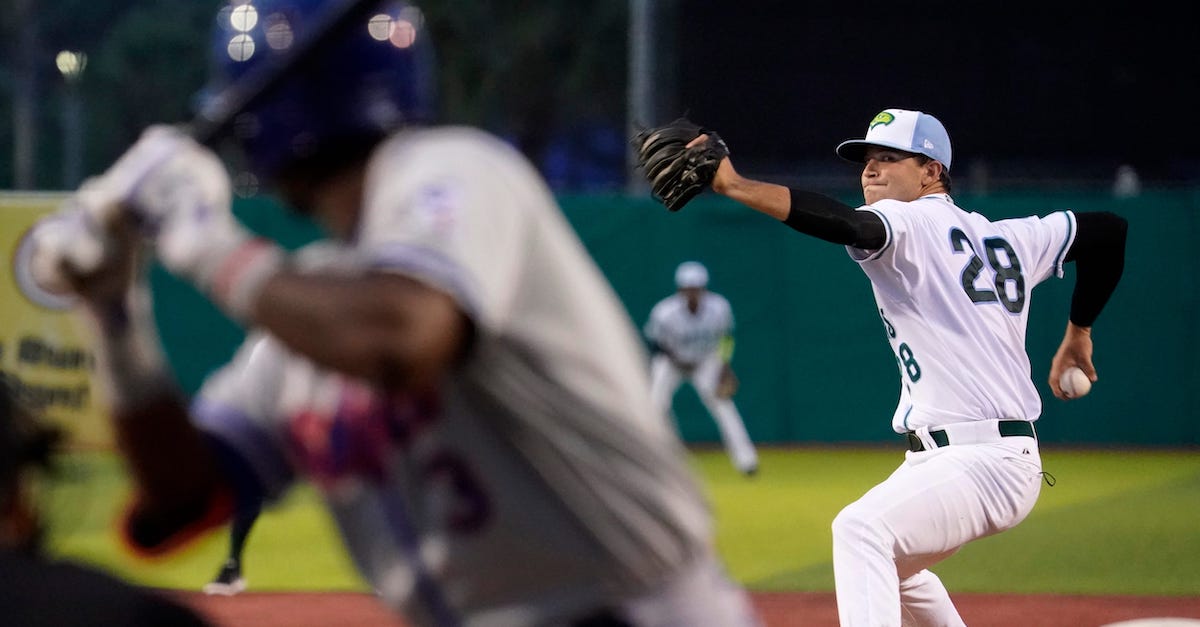Szymborski’s 2022 Bust Candidates: Hitters

Earlier this week, I ran down my favorite breakout candidates. Now it’s time for the darker side: the busts.
So what exactly is a bust? I don’t take it to mean that a player is awful or has no value. For me, a bust is a player who will step down a tier in performance or who is in a down cycle and has passed the window to get back to what they used to be. None of the players involved are literally without value, and some of them are still really good. But they’re all players I think will be well below their best, usually in a manner that makes me sad as a baseball fan.
Let’s start things off with a look at last year’s list of possible hitter busts and check how things worked out:
- José Abreu: .261/.351/.481, 126 wRC+, 2.9 WAR
- Jackie Bradley Jr.: .163/.236/.261, 35 wRC+, -0.8 WAR
- Justin Upton: .211/.296/.409, 92 wRC+, 0.3 WAR
- Kyle Lewis: .246/.333/.392, 107 wRC+, 0.3 WAR
- Charlie Blackmon: .270/.351/.411, 94 wRC+, 1.5 WAR
- Robbie Grossman: .239/.357/.415, 114 wRC+, 2.7 WAR
- Josh Bell: .261/.347/.476, 118 wRC+, 1.4 WAR
- Joey Votto: .266/.375/.563, 140 wRC+, 3.6 WAR
As you can see, I did much worse here than with the pitcher breakouts. I’m especially happy to have been wrong about Votto last year — my feeling was that there wasn’t another comeback left in him, but there was! I’m also quite pleased that Abreu didn’t slump back to league-average as I expected, staying a bit above instead, though well off his MVP performances. Lewis gets a pass since he was injured most of the year, and Grossman remained legitimately good, if below his 2020 rates. Read the rest of this entry »








